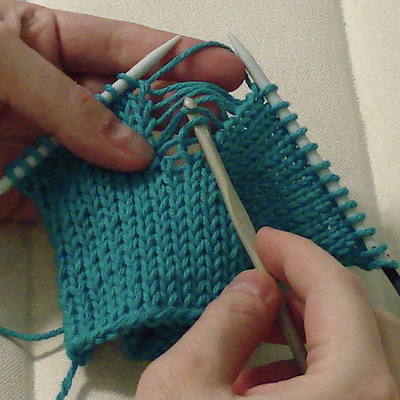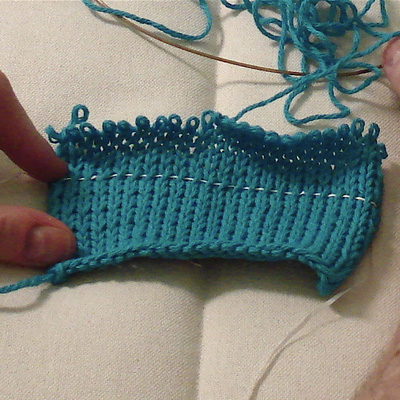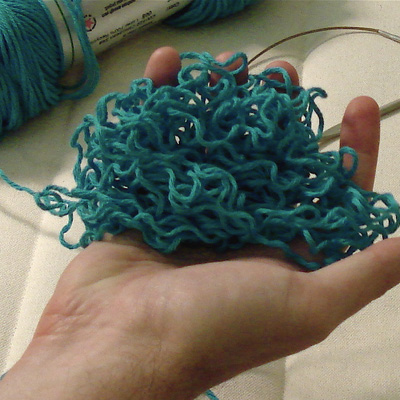Tipping
the Canoe
It was an exciting day in Grade Nine when
our class was given a selection of physical
education activities from which we could choose—a
marked departure from the approach in previous
grades, where various unpleasant and embarrassing
activities were forced upon us in the guise
of “exercise” and “health”.
My four selections for the year were bowling
(fall), cross-country skiing (winter), bicycling
(spring) and canoeing (summer).
While bowling, skiing and bicycling were pleasant
enough, I somehow knew they would pale in comparison
to the relatively exotic sport of canoeing.
As the beginning of May arrived and we were
instructed to attend our first class at a neighbouring
high school's indoor pool in t-shirts and trunks,
as we arrived to find the canoes lined up along
the side of the pool waiting to be launched,.
As we donned our life vests and grabbed our
paddles and pushed ourselves out into the water,
I felt an incredible certainty that this, at
last, would be the sport for me.
Never once during those first few minutes
of that class nor for the eight months that
preceded them did it occur to me that, in order
to canoe, you needed to know how to swim.
“The first thing we all have to do,” the
teacher called out to us, “is to tip
our canoes, so that we can learn how to right
them and climb back into them, and make our
way to shore.” With that, my jolly classmates
suddenly tipped and inverted our canoe, and
I who could not swim – who was pathologically
terrified of the water – found myself
in it up to the neck, barely floating in my
so-called life vest and completely and utterly
hysterical.
And so it is with knitting.
It is the rare knitter that completes a challenging
project without a single error from start to
finish. In my experience, the more accomplished
the knitter is, the more creative and confounding
his mistakes are likely to be. Whatever your
skill level, you’ll enjoy a more satisfying
knitting experience if you anticipate the possible
catastrophes you may encounter in the course
of your project, prepare for and even rehearse
them if they are unfamiliar to you, and then
take a calm and measured approach (I know,
large coming from me) to resolving them if
and when they arise.
  Luckily there is an ideal tool for tipping
the knitting canoe that is already a
cherished part of the knitting process. It’s
time to reintroduce you to that old friend
you’ve been crossing the street to avoid:
The Swatch. Luckily there is an ideal tool for tipping
the knitting canoe that is already a
cherished part of the knitting process. It’s
time to reintroduce you to that old friend
you’ve been crossing the street to avoid:
The Swatch.
We’ve all found ways to rationalize
ourselves out of knitting swatches, and we’ve
all paid the price: Cro-Magnon sleeves, belly-baring
waists, torsos that could double either as
pup-tents or cosies for hockey sticks. Well,
consider this: if you knit a swatch first,
you can not only take a stab at getting gauge,
but also practice the required stitch pattern
and experiment with whatever kinds of errors
and corrections you’re likely to encounter.
Mistakes that can be fixed by dropping and
picking up stitches in plain stockinette will
not be so easily resolved in garter stitch,
cables or an airy bit of lace. Problems that
can be solved by unknitting (or ‘tinking’)
rows of Fair Isle create a very different predicament
when they occur in slip-stitch colourwork or
in intarsia.
  To
get a feel for the challenges ahead, work up
a 4" x 4" swatch of your pattern
and include a few mistakes along the way. (If
you’re like me, you won’t even
have to try.) Then use the standard correction
methods to see which will work best, and which
won’t work at all, for your particular
piece. If you’ve never had to change
a cable’s direction, or use a lifeline
when knitting lace, or catch a row of stitches
on a spare needle before frogging down a few
rows, you’ll be happier developing these
skills on a swatch rather than in the middle
of your project. To
get a feel for the challenges ahead, work up
a 4" x 4" swatch of your pattern
and include a few mistakes along the way. (If
you’re like me, you won’t even
have to try.) Then use the standard correction
methods to see which will work best, and which
won’t work at all, for your particular
piece. If you’ve never had to change
a cable’s direction, or use a lifeline
when knitting lace, or catch a row of stitches
on a spare needle before frogging down a few
rows, you’ll be happier developing these
skills on a swatch rather than in the middle
of your project.
If you find after this that you’re still
uncertain about your skills, make sure you
have a more experienced pal on standby to help
you through (or to make the repair for you)
if problems should arise. Don’t be shy – conduct
a quick survey of your knit-savvy friends and
relatives, yarn store employees and members
of your LYS knitting circle to find out who
knows what and who would be willing to rescue
you. And stock up on beer, chocolate and baked
goods to trade in exchange for their expertise.
Whatever you do, do not give up and do not
give in. More than 90% of knitting mistakes
can be unmade, and a good number of the remaining
10% can be disguised, minimized or just plain
lived with. If you’re a perfectionist,
this is a painful crossroads to reach, but
I urge you to reach it, pick a direction, and
just keep going. Errors which are huge and
glaring and demoralizing to us are
very often imperceptible to everyone else.
(Someone who comes up to you with a beautiful
new piece of knitting and blurts “There's
a mistake in the eleventh row on the right
side. I should have knit two together instead
of slip-slip-knit” is just looking for
trouble. And someone who gets down on their
hands and knees to find fault with the ankles
of your Jaywalkers deserves a swift instep
to the nose.)
  That
said, there will be time—oh, will
there be times—when all you can do is
pick up some spare needles and a stiff drink
and frog row upon row of your knitting in order
to eradicate some unfathomable disaster from
your piece. I’ve always found it difficult
to take Stephanie the Yarn Harlot’s philosophical
approach of “So what? It just means more
knitting—and you love knitting.” (I
love knitting—just not the same twelve
rows over and over again.) However, it is helpful
to approach even the direst of circumstances
as valuable learning opportunities. We don’t
just learn ‘not to make big honking mistakes’,
but also what stitches complement each other,
how different fibers behave, what adjustments
can and cannot be made to particular patterns,
how pattern pieces fit together – and
not to make big honking mistakes. That
said, there will be time—oh, will
there be times—when all you can do is
pick up some spare needles and a stiff drink
and frog row upon row of your knitting in order
to eradicate some unfathomable disaster from
your piece. I’ve always found it difficult
to take Stephanie the Yarn Harlot’s philosophical
approach of “So what? It just means more
knitting—and you love knitting.” (I
love knitting—just not the same twelve
rows over and over again.) However, it is helpful
to approach even the direst of circumstances
as valuable learning opportunities. We don’t
just learn ‘not to make big honking mistakes’,
but also what stitches complement each other,
how different fibers behave, what adjustments
can and cannot be made to particular patterns,
how pattern pieces fit together – and
not to make big honking mistakes.
At the end of the day, always remember: none
of us, and none of what we knit, is perfect.
(And even if something we knit does happen
to be perfect, it will always get a huge penis-shaped
spaghetti sauce stain on the first wearing.
It’s
some kind of karmic requirement.) The time
we take at the beginning of a project to prepare
for imperfection pays off when, as the inevitable
crisis hits, we find ourselves ready to correct
it, accommodate it and even embrace it. Or
hand it off to a knitting pal with the promise
of a double margarita.
Online and Offline Resources:
The Knitting Fiend, the Yarn Harlot and your
very own Knitty have all tackled corrections
and repairs at one time or another. Here are
just a few examples:
Back in the real world, most general-purpose
knitting books have a section on fixing mistakes.
Some of the better ones include those in the
Vogue Knitting Ultimate
Knitting Book, the Reader's
Digest Knitting Handbook and Stitch
'n Bitch. One book dedicated
entirely to solving problems is Knit
Fix by
Lisa Kartus.
|

